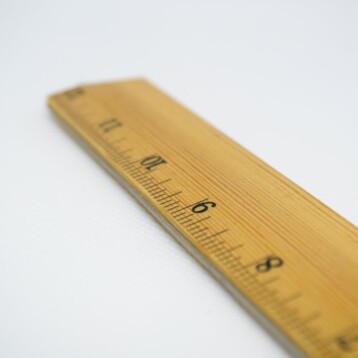
In recent months, there has been a rise in the demand for fever detection systems due to the COVID-19 outbreak. Most businesses relied on infrared thermometers to record the body temperatures of their employees. However, for some industries where they have hundreds of employees, individual temperature detection is not a feasible solution. For those industries, the use of thermal imaging technology has been developed so that several people can get screened together for signs of fever.
Although initially, public places like airports and train stations used this technology, several private companies are also using a fever detection camera system at their workplace now. The trend was started by the eCommerce giant Amazon, and several businesses have followed suit.
Thermal detection cameras are not really a new technology. However, their use for fever detection is a recent development, which is why several experts have pointed out its limitations to detect COVID-19 patients. In this article, we are going to discuss the factors that you must consider before using fever detection cameras at your organization, and what are the guidelines that you must follow.
How Do Fever Detection Cameras Work?
Fever detection cameras are Infrared thermographic cameras that measure the IR radiations from a body. As the name suggests, infrared is invisible to the human eye because its wavelengths are greater than red and fall outside the spectrum of light perceivable to the human eye.
However, infrared radiations have a relation to heat signatures and can be measured from hot sources. Infrared cameras use a sensor that can see these radiations from objects and perceive the temperature of the surface. The data gets relayed through a screen that uses visual methods to differentiate between the hot and cold spots.
Some camera screens use warm tones like red, orange, and yellow to denote hot areas. For some other cameras, the hot spots appear brighter than the rest of the image.
Considerations of Using Fever Detection Cameras
The primary advantage of fever detection cameras is that you can use them to screen several people at the same time since the camera will highlight a person whose body temperature is higher than normal. You can set it up at the entrance of your workplace like a CCTV camera, and any person running a fever will get detected on the system.
However, there are certain limitations of using fever detection cameras to screen people infected with COVID-19. The cameras detect the surface heat of an object, or the skin surface for human beings, and not their internal body temperature.
Therefore, every person who shows up as exhibiting heat may not be running a fever. So people who get detected as hot spots on the camera must get checked for fever with thermometers as well.
Moreover, according to the CDC, not all COVID-19 patients have a fever. Some patients may not develop a fever for up to two weeks since they get infected, while some may be completely asymptomatic.
That being said, fever detection cameras are still one of the best available technologies for the detection of COVID-19 patients in large numbers. So for places where fever screening each individual may but be feasible, these cameras are the best possible option.
Guidelines for Using Fever Detection Cameras
The Food and Drug Administration (FDA) has issued a policy for using thermal imaging as fever detection measures for COVID-19 patients. According to the FDA, fever detection cameras are to be considered as medical devices as long as they get used to detect and prevent COVID-19 or any other diseases.
The policy is intended as a support for the availability of these devices since their purpose is to benefit the healthcare providers and the general public during the COVID-19 crisis. According to the FDA policy, the thermal imaging cameras must meet a few guidelines that include the following.
- The device must meet the International Electrotechnical Commission standards or standards that are similar.
- The cameras must have a label that states that the results must not be considered as absolute proof of the presence or lack of the infection caused by the COVID-19 virus.
- There must be follow-up measures like non-contact thermometers to confirm the increased body temperatures of people that show up as hot on the camera.
- Public health officials must get contacted to confirm or deny the presence of COVID-19 infection should a person be detected as hot by the camera.
- The labels must also contain details about the performance of the camera, such as accuracy, method of calibration, and frequency used by the camera to screen people.
- It should contain directions of use.
- The label should have details of how the camera compensates for hot air drifts to achieve accurate screening. There should also be details of how different environmental factors can affect the results.
- The body parts that get measured for heat.
- The details of installing the cameras must be provided, such as height, viewing angle, and screening background.
In these uncertain times, fever detection cameras can be a great investment for your organization. No one knows how long before a vaccine gets developed for the diseases. In such times, fever detection cameras can prove to be a great tool to ensure the safety and motivation of your employees.









